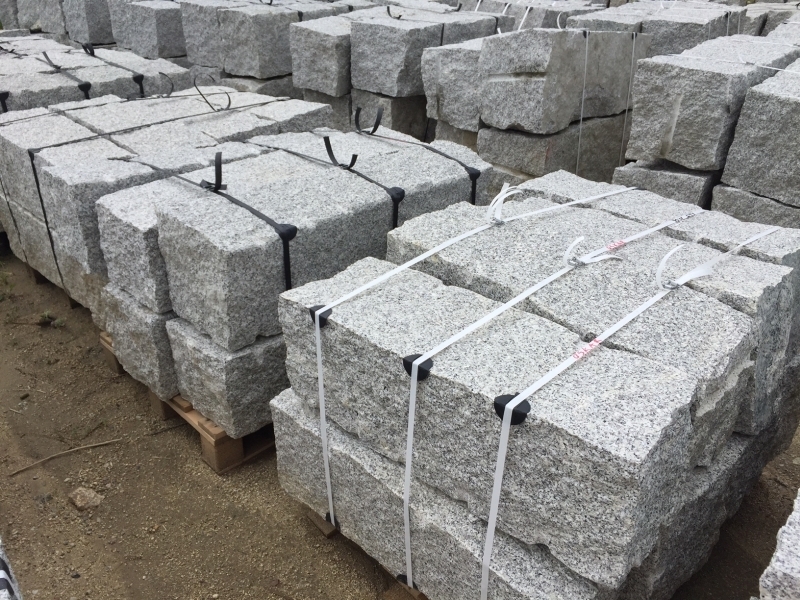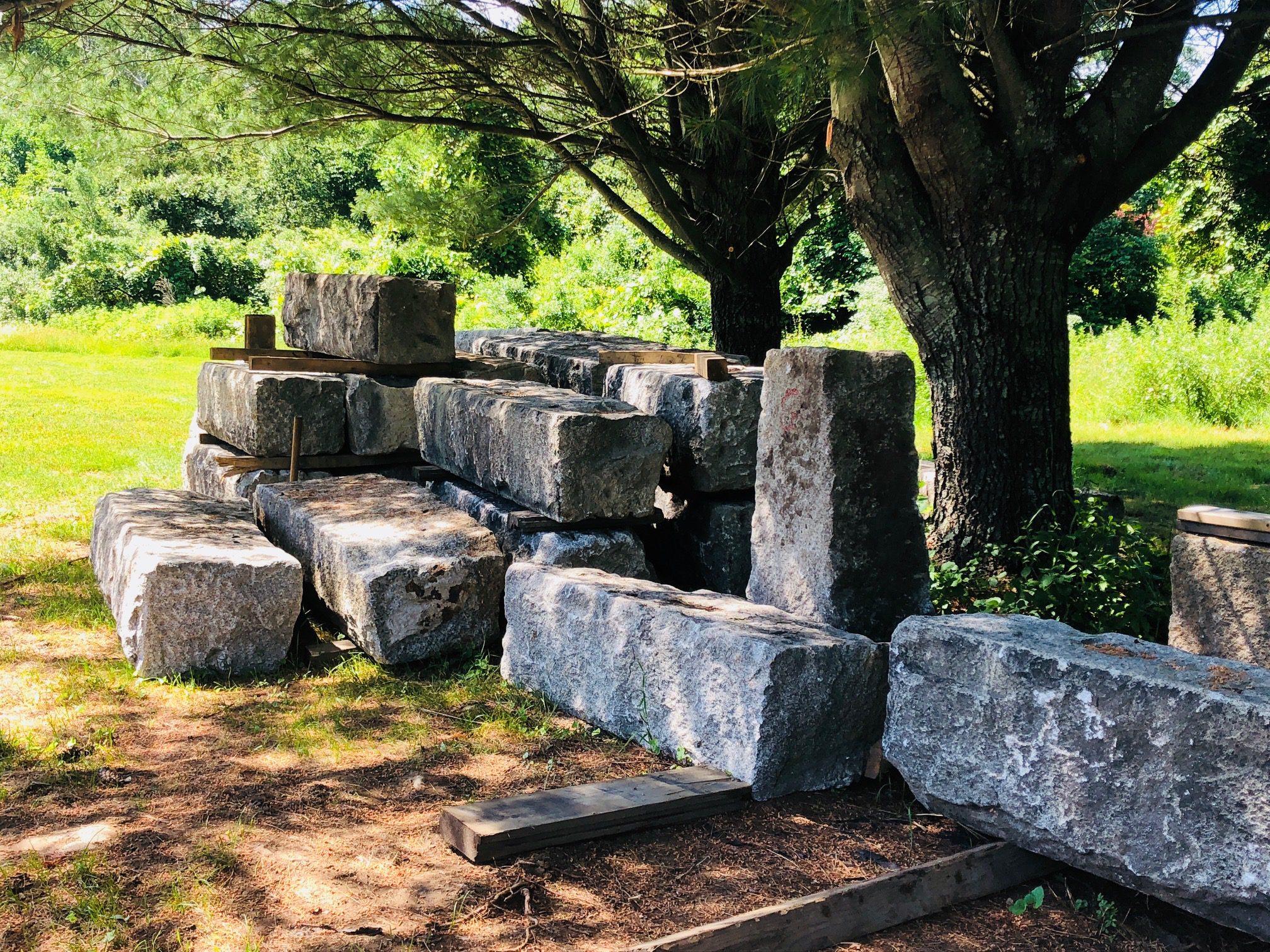From Stone to Natural Beauty: Discovering the Keys of Granite Quarries
' From Rock to Grandeur: Unearthing the Secrets of Granite Quarries' is an exploration into the remarkable world of granite quarries. The publication analyzes the influence of granite quarries on the environment, giving valuable insights into sustainable methods and environmental conservation.
The Background of Granite Quarries

In old Egypt, granite quarries were purposefully situated along the Nile River, offering very easy accessibility to transport the heavy stone blocks. The renowned pyramids of Giza, consisting of the Great Pyramid, were constructed utilizing granite sourced from these quarries. In old Greece, the island of Naxos was renowned for its high-grade white marble, which was quarried and made use of in the construction of legendary buildings like the Parthenon.
The Roman Empire additionally counted greatly on granite quarries, especially in the building and construction of their grand architectural projects. The Colosseum in Rome, as an example, was built making use of granite sourced from quarries in Egypt and Greece. The Romans additionally advanced the quarrying methods, utilizing competent artisans and designers to remove and transportation granite throughout vast distances.
Today, the heritage of these ancient granite quarries proceeds to influence modern-day architecture and construction. The understanding and experience gained from centuries of quarrying have actually been given with generations, guaranteeing that granite remains a treasured and desired structure material.
The Extraction Process of Granite
Having actually explored the historic value of granite quarries, we now look into the intricacies of the removal process, which is a crucial action in changing raw stone into the splendid structure material it ends up being. The extraction process of granite involves several stages, beginning with the preliminary exploration and recognition of prospective quarry sites. When an ideal site is discovered, the removal process begins with the elimination of overburden, which refers to the soil, greenery, and other materials covering the granite down payment.
This includes exploration openings into the granite using specialized machinery and then placing explosives into the openings. The nitroglycerins are detonated, fracturing the granite into workable items.
When the granite is broken down right into smaller sized sizes, it is loaded onto trucks or conveyor belts and delivered to a handling center. At the handling center, the granite is more improved with cutting, shaping, and polishing procedures. granite quarries in rustenburg. This is done utilizing numerous cutting and brightening tools, such as brushes, grinders, and saws, to achieve the desired form, dimension, and coating
Techniques and devices Utilized in Granite Quarrying
Granite quarrying includes the utilization of a variety of devices and methods to remove the stone from the planet's surface. One of the primary tools utilized in granite quarrying is the ruby wire saw.
Another essential tool in granite quarrying is the exploration equipment. This device is made use of to produce holes in the granite, which are then loaded with nitroglycerins. Once the nitroglycerins are detonated, they fracture the granite, making it simpler to extract from the quarry. The boring equipment is outfitted with unique drill bits that are developed to stand up to the hardness of the granite.
Along with these tools, there are numerous strategies utilized in granite quarrying. One strategy is called blasting, where explosives are used to break the granite into smaller sized items. An additional technique is called diamond cable cutting, where a cable embedded with ruby grains is made use of to puncture the granite. These strategies, along with making use of sophisticated machinery, have made granite quarrying more effective and less labor-intensive. They have actually additionally enabled for the extraction of bigger and a lot more precise items of granite.
Transforming Raw Granite Into Architectural Marvels
After the removal that site process, the raw granite undergoes a transformative trip to become mind-blowing building wonders. The extracted granite blocks are transported to a manufacture center where they are reduced right into pieces of different thicknesses using advanced cutting tools such as ruby cord saws.
Once the slabs are all set, they can be additional processed to satisfy particular style needs. Knowledgeable craftsmen make use of advanced machinery and tools to shape the granite into desired types, such as countertops, flooring floor tiles, or intricate sculptures. This process needs precise focus to information and knowledge to make sure that the final item satisfies the finest standards.
Following, the completed granite items are meticulously evaluated for any imperfections or flaws. Any kind of small flaws are resolved, and the items are thoroughly cleaned up to remove any type of dirt or particles. Lastly, the transformed granite is packaged and prepared for transportation to its desired location.

The Effect of Granite Quarries on the Setting
The environmental influence of granite quarries is a substantial worry that should be addressed in order to guarantee sustainable techniques in the stone market. Granite quarries can have a detrimental result on the surrounding setting, including the damage of environments, contamination of air and water, and the generation of too much noise and dirt.
Among the primary problems is the destruction of natural habitats. Granite quarries typically involve the removal of huge quantities of plant life and topsoil, leading to the displacement of wild animals and disruption of ecosystems - granite quarries in rustenburg. This loss of biodiversity can have durable consequences for the surrounding environment
Another significant problem is the pollution of air and water. Quarrying activities can release hazardous pollutants right into the ambience, such as particle issue and Visit This Link toxic gases. These toxins can add to air pollution and have negative health impacts on both people and wild animals. Additionally, the removal of granite can cause the contamination of neighboring water resources with the discharge of chemicals utilized in the quarrying procedure.

To reduce these ecological influences, the rock industry need to embrace lasting methods. This consists of carrying out procedures to minimize habitat damage, boosting air and water air pollution controls, and carrying out effective dirt and noise suppression methods. Furthermore, improvement efforts need to be embarked on to recover quarried locations to their all-natural state and support the regeneration of biodiversity.
Conclusion
In conclusion, granite quarries have played a substantial duty in forming human background and proceed to contribute to architectural marvels. Understanding the tricks of granite quarries enables us to value the craftsmanship and beauty that can be acquired from this natural source.
' From Stone to Splendor: Unearthing the Secrets of Granite Quarries' is an expedition into the fascinating world of granite quarries. The history of granite quarries can be traced back to old times, with evidence of quarrying activities discovered in ancient Egypt, Greece, and Rome. The Colosseum in Rome, for instance, was constructed utilizing granite sourced from quarries in Egypt and Greece - granite quarries in rustenburg. These methods, along with the use of sophisticated equipment, have actually made granite quarrying more effective and much less labor-intensive. In addition, the extraction of granite can result in the contamination of nearby his explanation water sources with the discharge of chemicals made use of in the quarrying process